Cardinal Fernández tightens Rome’s control while hinting that traditional Catholics, in their reliance on “faith and prayer,” may fuel distorted attitudes
By Robert Moynihan
”Many times, these events have led to a great richness of spiritual fruits, growth in faith, devotion, fraternity, and service…”
“At the same time, in some events of alleged supernatural origin, there are serious critical issues that are detrimental to the faithful; in these situations, the Church must respond with utmost pastoral solicitude.” — Cardinal Victor Fernández, at the press conference May 17 announcing the release of new Church norms for evaluation of possible supernatural phenomena
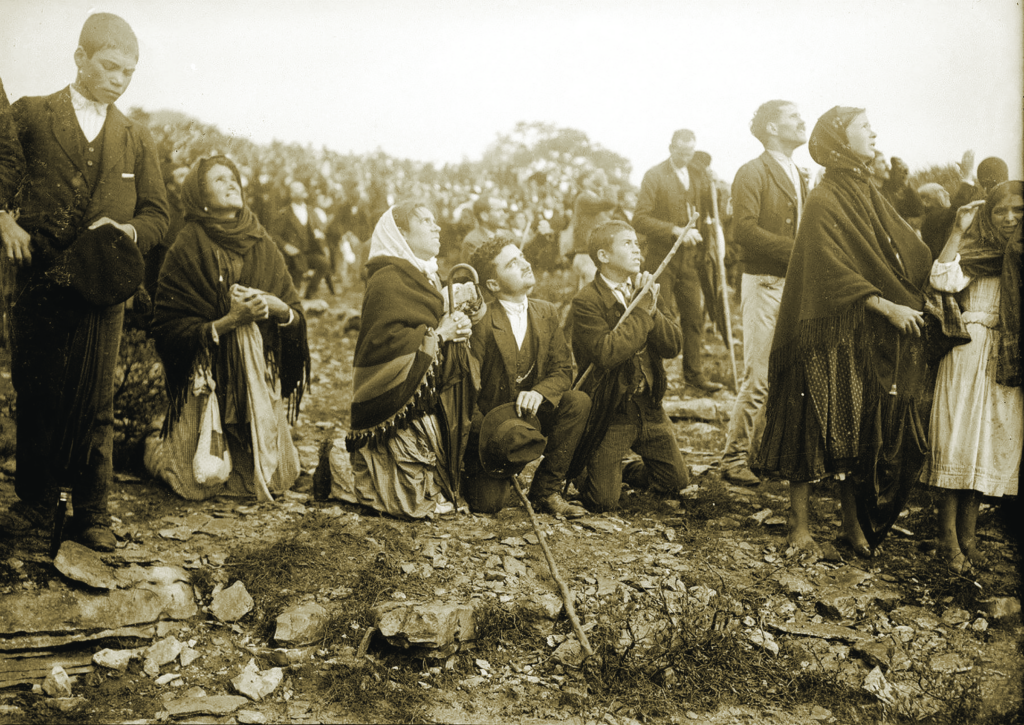
Above, members of the crowd in Fatima, in Portugal, on October 13, 1917
At first there was a heavy rain. Then the rain stopped, the sun appeared, and it seemed to nearly everyone in the crowd to “dance” in the sky for about 15 minutes — a sign of a spiritual power, a celestial “miracle”…
The three shepherd children of Fatima, Jacinta, Lucy and Francisco, said that the Virgin Mary spoke to them in six visions during 1917, while the First World War raged, and Russia was falling to a communist revolution.
The apparitions occurred on May 13, June 13, July 13, August 19 (because the town’s mayor had put them in prison on August 13), September 13 and October 13.
The crowds became larger as the months went by, and 70,000 people were present on October 13, 1917, to see “The Miracle of the Sun.”
Jacinta and Francisco died not long after, still young children.
Lucy lived until February 13, 2005.
I was permitted in March 2005, by then-Cardinal Joseph Ratzinger after meeting with him in Rome, just before he was elected Pope Benedict XVI, to travel to Coimbra, Portugal, and to visit the cell where Sr. Lucy had lived and died.
I made that trip.
The Mother Superior showed me the bed where Lucy had died a few weeks before.
Outside her cell window were lemon trees in bloom.
I, wishing to see if she had left behind any diaries and writings, was permitted to look in her desk, and to open each drawer.
In one drawer, I found a leather case, which I asked if I might open.
The Mother Superior said yes.
Inside were needles and thread Lucy had used daily to thread the beads of many rosaries…
Apparitions
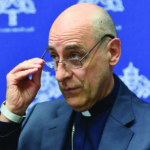 Cardinal Victor Fernández, 62, presented on May 17 a new Vatican document on how apparitions and visions — like the apparitions of La Salette, Fatima and Lourdes — should be studied and evaluated by the Church.
Cardinal Victor Fernández, 62, presented on May 17 a new Vatican document on how apparitions and visions — like the apparitions of La Salette, Fatima and Lourdes — should be studied and evaluated by the Church.
***
Point 1: The essential point of this reformed procedure seems to be that the Church will no longer publicly affirm that any phenomenon of this type is of “supernatural” origin.
In the past, the Church would study a phenomenon and say either that it was:
— not of supernatural origin, or
— that it could not be determined whether or not it was of supernatural origin, or
— that it was of supernatural origin, and so, worthy of belief
Still, even if the Church sometimes did judge that there was something “supernatural” about an apparition, no such phenomenon has ever been proposed to the faithful as a point of faith they are required to believe. Now, under the new rules, the highest level of approval that will be granted to any such phenomenon is “nihil obstat,” that there is “nothing standing in the way,” or “nothing impeding” belief in the vision or apparition as an authentic encounter with the Heavenly.
Point 2: The second point is that the authority of the Holy See, procedurally, is strengthened, and the authority of the local bishop weakened. Under the new rules, the Holy See will have an even tighter control over approving or disapproving of popular devotion around claimed supernatural phenomena.
 Point 3, a curious point: In his introduction to the new procedures at the May 17 press conference, Cardinal Fernández mentioned, as a negative example to be avoided, the thought and writing of the French theologian, Pasquier Quesnel (1634-1719).
Point 3, a curious point: In his introduction to the new procedures at the May 17 press conference, Cardinal Fernández mentioned, as a negative example to be avoided, the thought and writing of the French theologian, Pasquier Quesnel (1634-1719).
Who? Pasquier Quesnel — a brilliant theologian from more than 300 years ago who strongly supported the thought of Cornelius Jansen (1585-1638), after whom the Jansenist heresy took its name.What did it mean that Fernandez spoke about Quesnel at this press conference?
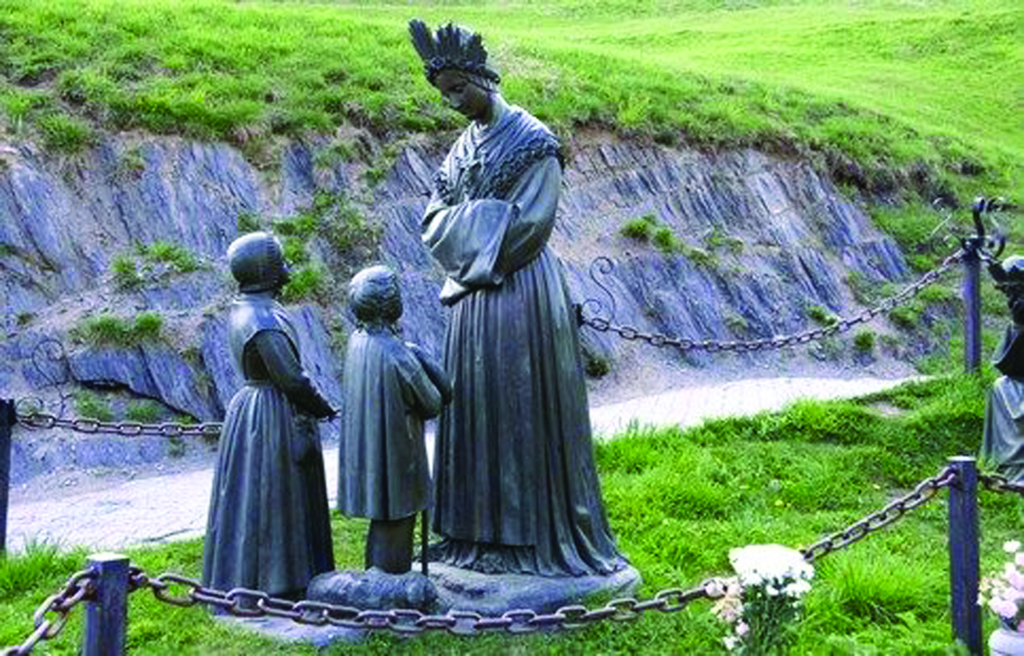
Our Lady of La Salette was a Marian apparition to two children in France in 1846
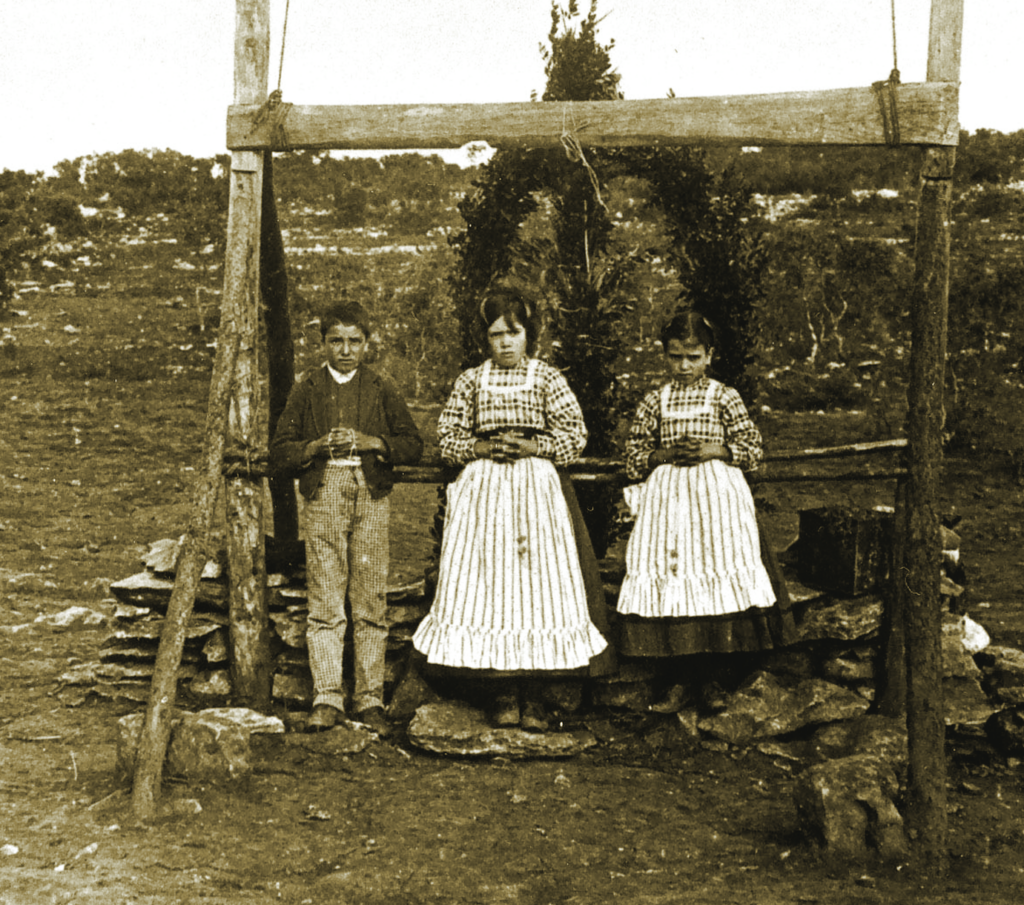
The three shepherd children of Fatima, Portugal, at the site of the 1917 apparitions of the Madonna
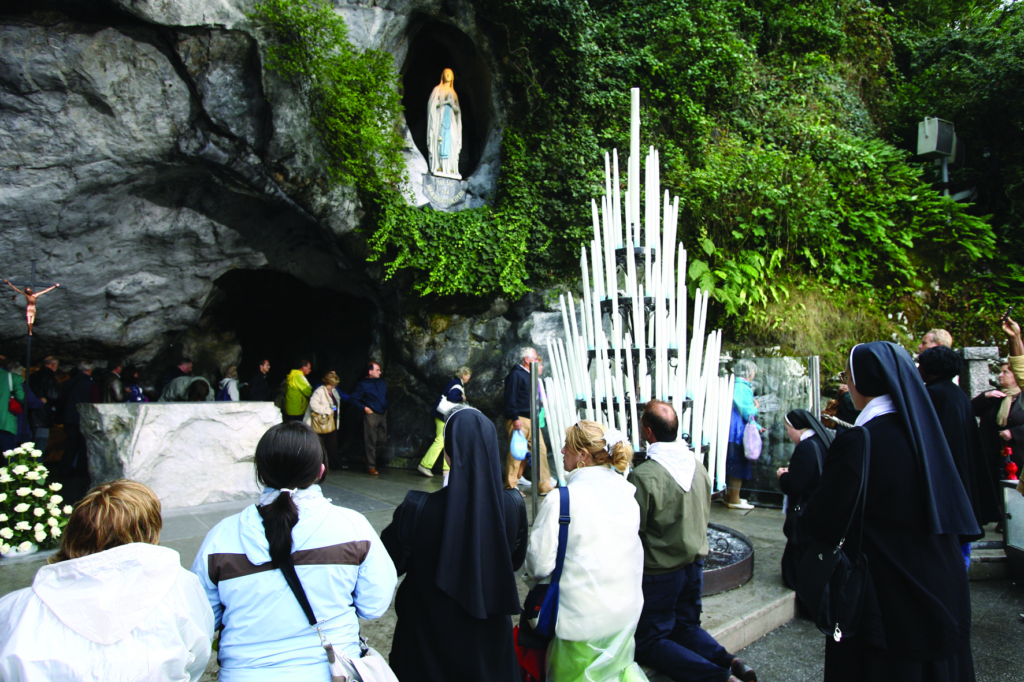
Faithful pray in Lourdes, France, in the grotto where in 1858 Our Lady appeared to Bernadette Soubirous
The fight against “Jansenism” as a key to this pontificate
Well, for some time, a number of Catholic observers of this pontificate have said that a key to the pontificate of Pope Francis is to realize that he is persuaded that there is among the traditionalist Catholics a spirit reminiscent of Jansenism.
A representative article on this topic appeared on August 22, 2014, almost 10 years ago now, written by Michael Sean Winters of the National Catholic Reporter.
Winters was reacting to an article by Damian Thompson of The Spectator in which Thompson had argued that Francis was ignorant of the situation of the Catholic Church in the English-speaking world, blinded by his Latin American experience.
Thompson had written: “‘The Pope is hungry to spread the Gospel and in Latin America he sees that being done most effectively by left-wing priests in the slums,’ says a Vatican insider. ‘What he doesn’t realise is that in North America and other English-speaking countries, it’s the conservatives who have fire in their bellies, who evangelise, often with minimal encouragement from their bishops.’ And no one is likely to explain it to him.”
And Winters responded, bringing in a reference to Jansenism: “It is surely the case that there is a kind of conservative Catholic in the English-speaking world with fire in the belly. But, here is where Thompson’s analytical skills fail him. Having identified the Pope’s being a Jesuit as a key to understanding the man, Thompson fails to see that the Holy Father, above all, is engaged in an old struggle for the Society of Jesus: He is confronting the Jansenists of our day, the very same conservative Catholics in the English-speaking world whom Thompson thinks have the fire of the Gospel in their bellies. It is not the Gospel, but a hyper-moralistic concern against spiritual contagion that animates the conservatives Thompson champions. And, quite clearly, this is not what animates Pope Francis.”
And the fact that Fernández publicly cited Quesnel, one of Jansen’s strongest colleagues and supporters, as someone who — like certain modern visionaries(!) — “narrowed the Gospel down” (in Fernández’ words) to a rather “rigorist” and “faith and prayer-centered” (as opposed to charitable action-centered) spiritual life, seems to give us a glimpse into the mental world of both Francis and Fernández.
We may imagine Fernández and Francis talking, in a recent conversation in the Vatican, about the possible dangers of seers and visionaries who inspire people to renew an intensive life of prayer, but not so much to work on behalf of the poor, as a recrudescence of… Jansenism.
Hence — one might argue — Fernández’ mention of Quesnel in his press conference is important for understanding these new guidelines.
What did the Jansenists believe?
Cornelius Jansen was a disciple of Jacques Janson, who in turn taught the doctrine of the theologian Michael Baius (Michel de Bay), who had died at Leuven in 1589. According to the latter, the instincts of fallen humanity lead necessarily to evil. An individual can be saved only by the grace of Christ, accorded to a small number of the elect who have been chosen in advance and destined to enter the Kingdom of Heaven.
Quesnel was a brilliant French priest and spiritual writer from a prominent French noble family.
In 1657, he joined the French Oratory, a religious society of secular priests, and was ordained in 1659. However, his Jansenist sympathies led to his banishment from Paris in 1681, and three years later he was expelled from the Oratory.
Quesnel’s essential outlook may be summarized in the thesis of “the double contrary love.” Quesnel wrote: “There are only two loves, from which all our volitions and all our actions spring: the love of God (charity properly so called) which refers everything to God and which God rewards; and the love of self and of the world, which is evil as it does not refer to God what should be referred to Him” (prop. 44).
Quesnel believed that all repentance which does not arise from pure charity was useless, for “fear restrains only the hands; the heart remains attached to sin, as long as it is not led by the love of justice” (prop. 61); and “he who refrains from evil only through fear of punishment has already sinned in his heart” (prop. 62).
In other words, there was a “totalizing” aspect to Quesnel’s thought which diminished to insignificance the sincere but inevitably imperfect attempts of men and women to move toward holiness, saying that only God’s grace could accomplish what our fallenness could not begin to achieve.
This led in some to a sense of fatality and despair in the search for the moral perfection of holiness.
In his 2014 article, Winters wrote: “The Jansenists of our day, like their predecessors, and like the Donatists before them, see the essence of Christian life in preserving their own moral purity. It is easy to see how this concern can lead to a spiritual pride — ‘I thank thee God that I am not like other men’ — and has proven ill-suited to attracting converts to the faith. Of course, every Christian should be concerned about their spiritual purity, but the essence of the Gospel lies elsewhere.” (Where?)
On September 14, 2014, Joseph Shaw, head of the Latin Mass society in England, responded to Winters: “The Jansenists were an 18th century group of Catholics… characterized by a kind of crypto-Calvinism… Their biggest effect on the Church has been their attack on popular devotions and the liturgical tradition… This called for a radically simplified liturgy, said aloud, in the vernacular. Other Jansenists wanted to increase the amount of dialogue in the liturgy, getting the people to respond ‘Amen’ at the end of each prayer of the Canon.”
In other words, for Shaw, the Jansenists had nothing in common with the modern Catholics who wish to hold fast to the old Mass and the tradition of the Church.
Summing up
Fernández, at the May 17 press conference, said that Quesnal had distorted the content of the Gospel teaching on salvation, limiting it to “faith and prayer,” adding that Jesus in the Gospels and Paul in his Epistles taught that Christian faith was characterized, not by the “religious” activity of “faith and prayer” but by “love of God and of one’s neighbor.”
Fernández suggested that many apparitions and visions seem to lead people to view their faith as something to cling to, in prayer, and to de-emphasize the need to “love one’s neighbor.”
Just as Quesnel needed to be corrected, so bishops must be vigilant to correct the alleged messages received in apparitions and visions, Fernández said. Exploring the reason Fernandez cited Quesnel, disapprovingly, offers context to the reason this reform was made now, at this moment in this pontificate.
Past apparitions and new norms
Why was authority transferred from local bishop to Vatican?
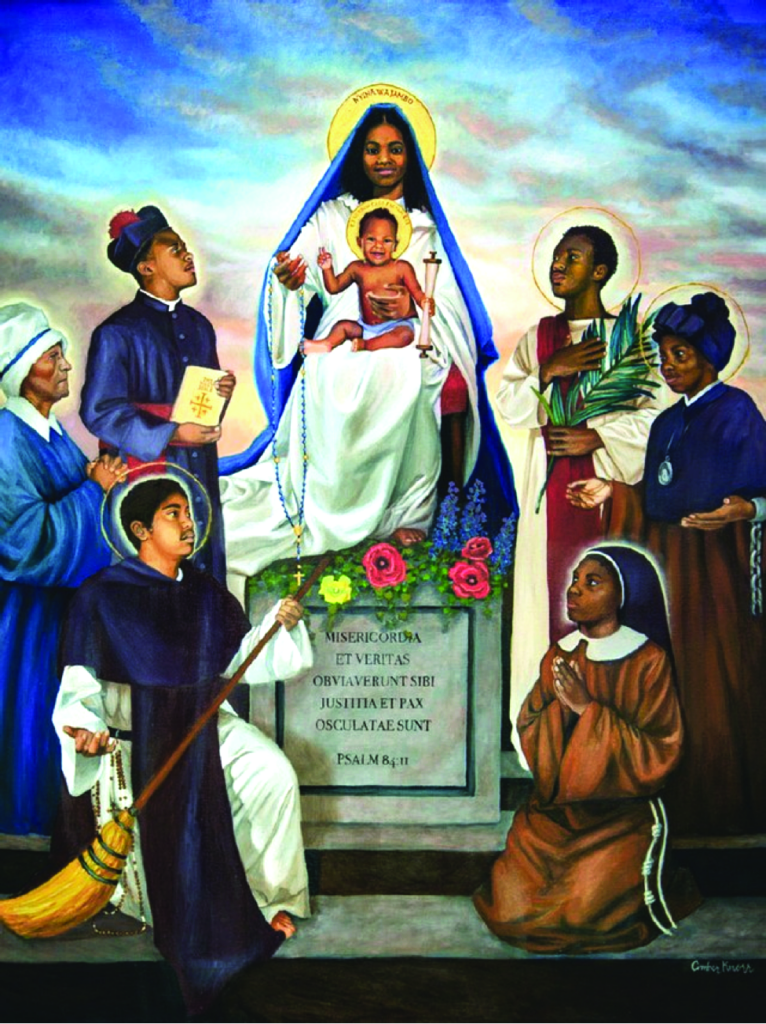
Image of Our Lady of Kibeho, Rwanda, by Amber Knorr, on display at Holy Cross College, Notre Dame, Indiana, USA (photo: hcc-nd.edu)
What is particularly new about the Vatican’s recently-issue Instruction On Discernment Of Apparitions & Supernatural Phenomena is that no longer does a bishop have the authority to declare any apparition or miracle in his diocese to be of supernatural origin.
In the introduction to the new instruction, the Prefect of the DDF, Cardinal Víctor Manuel Fernández, talks about the problem of local bishops who have approved of an apparition taking place in their diocese, only for the DDF to overturn this judgment.
While it is not mentioned by name, His Eminence refers to the curious case of Our Lady of all Nations, in Amsterdam, who supposedly appeared to Ida Peerdeman between 1945 and 1959. Bishop Hendrik Huibers of that diocese formally condemned the apparitions, and the cult surrounding them. In 1974, the then-CDF affirmed his judgment.
This did not, however, stop its cult from growing, in particular its promotion of a fifth Marian dogma. In 2002, Bishop Jozef Punt approved the apparitions themselves, but left their messages an open question, despite the previous Vatican ruling.
However in 2021, the Vatican’s doctrinal office urged that the 1974 judgment still be implemented.
A similar situation happened in the Philippines, with the apparitions known as Our Lady of Lipa to a Carmelite novice named Teresita Castillo. In 1951, in a document signed by six Filipino bishops, and approved by Pius XII, the apparitions were declared not of supernatural origin. However, in 2015, Archbishop Ramon Arguelles formally approved the apparitions, as the site of the events had become such a place of pilgrimage. Regardless, the following year, the Vatican overturned this judgment, affirming the 1951 statement.
This also happened in Itaparinga, Brazil, where a teenage boy claimed visions from St. Joseph, and a corresponding devotion was approved by the local bishop, but in 2017 the CDF overturned this judgment.
Cardinal Fernández noted in the introduction to the new document, “It may happen that the Holy Spirit’s action in a specific situation — which can be rightly appreciated — might appear to be mixed with purely human elements (such as personal desires, memories, and sometimes obsessive thoughts), or with “some error of a natural order, not due to bad intentions, but to the subjective perception of the phenomenon” (II, Art. 15, 2°).
The apparitions of Kibeho in Rwanda to a group of teenage girls in a Catholic school, were the first ones recognized in the Holy See for some decades, when the Vatican newspaper published the approval of Bishop Augustin Misago of Gikongoro, in 2001. The Blessed Mother supposedly predicted the terrible carnage and ethnic cleansing that took place in the country in 1994-95.
But not all of the reported phenomena were approved. While as many as a dozen alleged visionaries were interviewed by the diocesan commission, only three girls at the boarding school had their particular experiences approved.
— Andrew Rabel
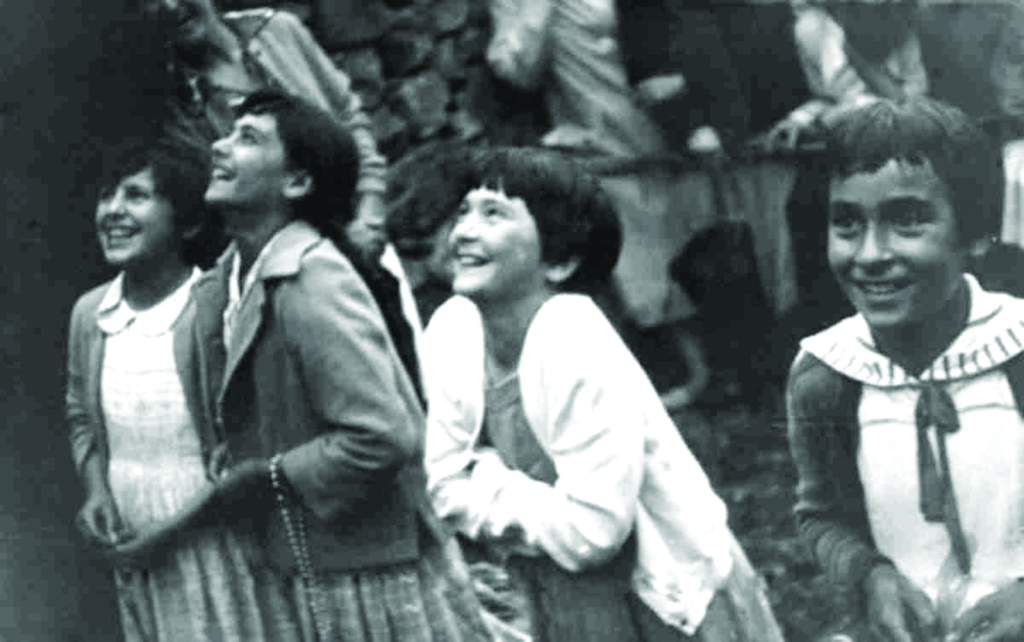
The four girls of Garabandal (1961-1965)
The Kiss of the Virgin
From the September 2, 2023 Moynihan Letter #123: “Letter from Garabandal”
Garabandal, Spain: In this tiny Spanish village not far from the northern coast of Spain in the 1960s, the Virgin Mary is said to have appeared on numerous occasions to four Spanish girls: Conchita González, her second cousin Jacinta González, and Mari Loli Mazón, all three then 12 years old (in 1961), and Mari Cruz González, then 11 (Mari Loli is now deceased).
Each time the four girls of Garabandal saw the Virgin, and spoke with her, she spoke with them as a mother speaks to her children.
She was familiar, gentle, encouraging, loving. And each time she left them, the children said, she kissed them, to show her love for them.
***
I spoke briefly with Jacinta, and with her husband, Jeffrey, who has my same surname, Moynihan, and whose father was named, like me, Dr. Robert Moynihan. She showed me a crucifix that she has kept for more than 60 years.
She told me that the Virgin had kissed the crucifix when she had held it up to her.
She held out the crucifix to me, so that I too might kiss it.
In this way, the maternal kiss of the Virgin of Garabandal was shared also with me; in this letter, it is my hope that such a kiss may also be shared with each of you.




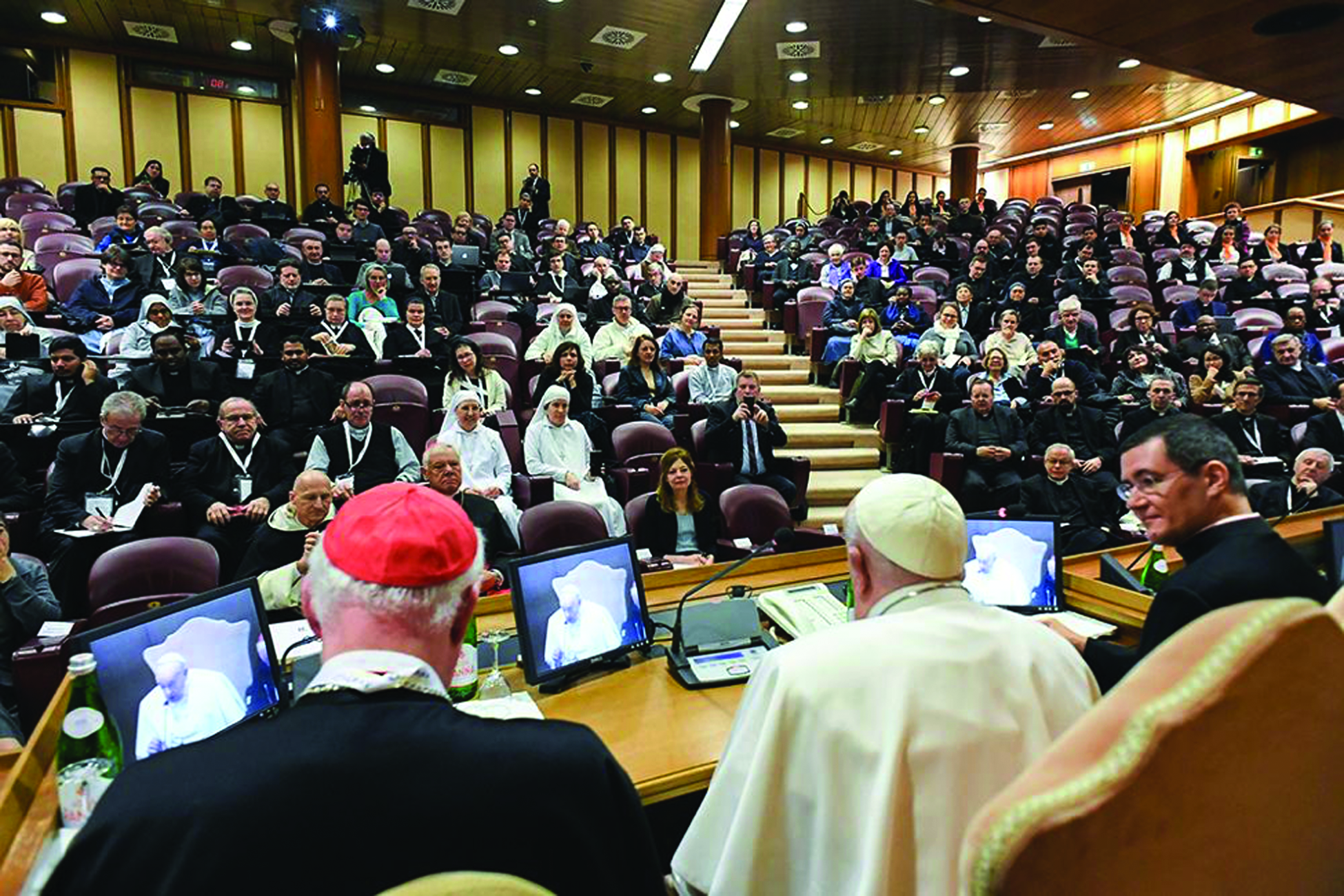

Facebook Comments